How To Remove Cpl Filter For Lens?
Removing a Circular Polarizing (CPL) filter from a camera lens can sometimes be a tricky task, especially if the filter is stuck or has been on the lens for an extended period. This article will guide you through the process of safely and effectively removing a CPL filter from your lens, ensuring that both your filter and lens remain undamaged.
Understanding the CPL Filter
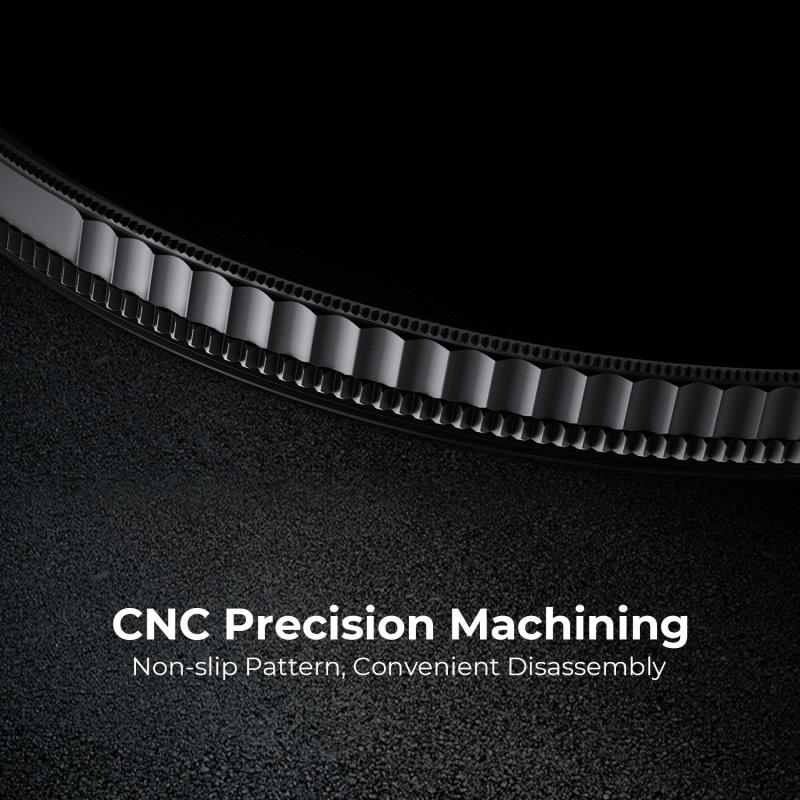
A Circular Polarizing (CPL) filter is a valuable tool for photographers. It helps reduce reflections, enhance colors, and increase contrast in your images. However, there are times when you need to remove the filter, either to clean it, replace it, or simply because you no longer need its effects for a particular shot.
Common Issues with Removing CPL Filters
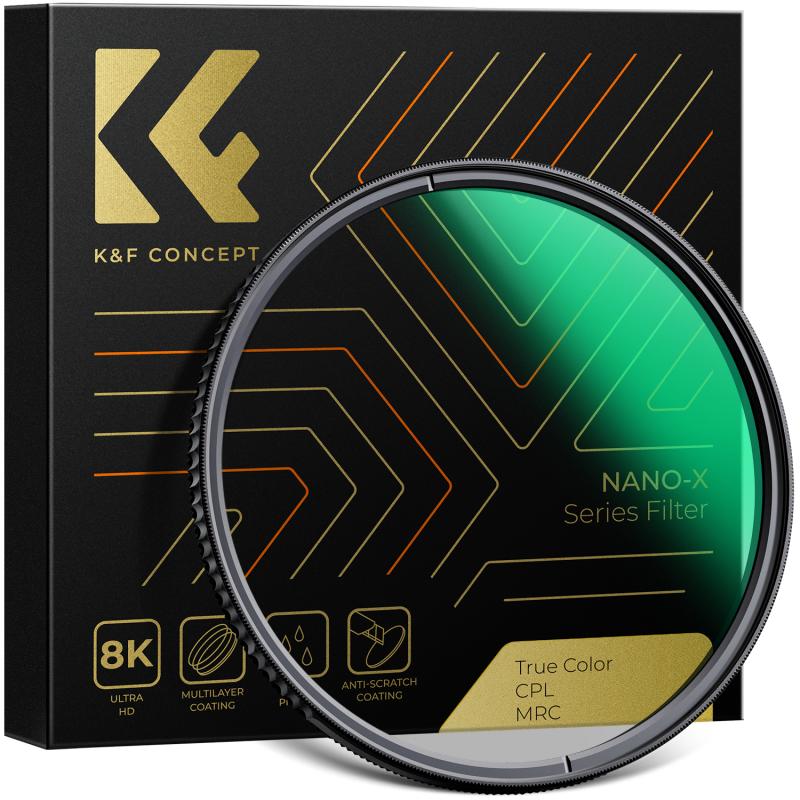
Before diving into the removal process, it’s important to understand some common issues that can make removing a CPL filter challenging:
1. Over-tightening: Filters can become stuck if they are screwed on too tightly.
2. Dirt and Debris: Dust, sand, or other particles can get lodged in the threads, making it difficult to unscrew the filter.
3. Temperature Changes: Extreme temperature changes can cause the metal of the filter and lens to expand or contract, making the filter harder to remove.
Step-by-Step Guide to Removing a CPL Filter

1. Assess the Situation
First, determine why the filter is stuck. Is it due to over-tightening, dirt, or temperature changes? This will help you decide the best approach to take.
2. Use Your Hands
Start with the simplest method: using your hands. Grip the filter firmly but gently, and try to unscrew it by turning it counterclockwise. Make sure to apply even pressure around the filter to avoid warping it.
3. Rubber Band Method
If the filter doesn’t budge, try using a rubber band. Wrap a thick rubber band around the filter to give you a better grip. The added friction can make it easier to turn the filter without slipping.
4. Lens Filter Wrench
If the rubber band method doesn’t work, consider using a lens filter wrench. These tools are specifically designed to remove stuck filters without damaging them. Place the wrench around the filter, tighten it just enough to get a good grip, and then turn it counterclockwise.
5. Apply Gentle Heat
If the filter is still stuck, it might be due to temperature changes causing the metal to expand or contract. Use a hairdryer on a low setting to gently warm the filter. The heat can cause the metal to expand slightly, making it easier to unscrew. Be careful not to overheat the filter or lens, as this can cause damage.
6. Use a Filter Removal Tool
There are specialized filter removal tools available that can provide extra leverage and grip. These tools are designed to fit around the filter and provide a better grip, making it easier to remove.
7. Seek Professional Help
If all else fails, it might be best to seek professional help. A camera repair shop will have the tools and expertise to remove the filter without causing damage to your lens.
Preventing Future Issues

To avoid having a stuck CPL filter in the future, consider the following tips:
1. Avoid Over-tightening: When attaching the filter, screw it on just until it’s snug. Avoid over-tightening, as this can make it difficult to remove later.
2. Regular Cleaning: Keep the threads of both the filter and lens clean. Regularly clean them with a soft brush or cloth to remove any dirt or debris.
3. Use a Filter Case: When not in use, store your filters in a protective case to keep them clean and free from damage.
4. Temperature Awareness: Be mindful of extreme temperature changes. If you’re shooting in cold weather, allow the camera and lens to warm up gradually before attempting to remove the filter.
Removing a CPL filter from your lens doesn’t have to be a daunting task. By following the steps outlined in this article, you can safely and effectively remove a stuck filter without causing damage to your equipment. Remember to assess the situation, use the appropriate tools, and take preventive measures to avoid future issues. With a little patience and care, you can keep your filters and lenses in top condition, ensuring that you’re always ready to capture the perfect shot.

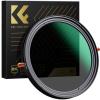


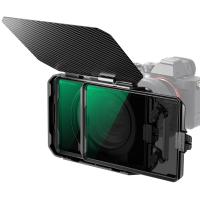
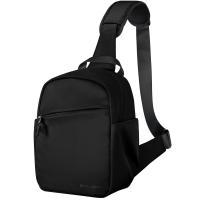
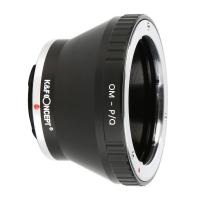
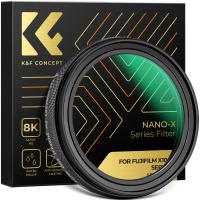

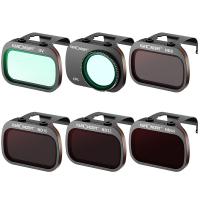
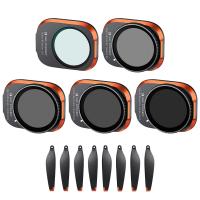
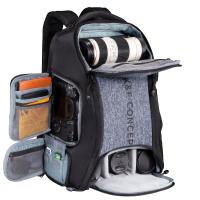
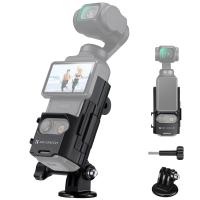





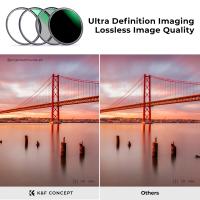
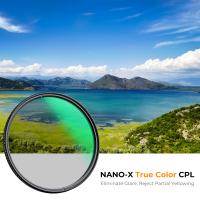

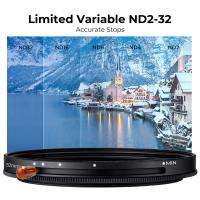



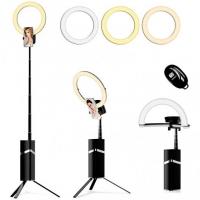
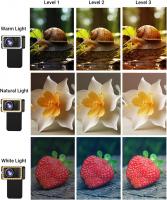

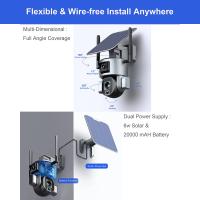

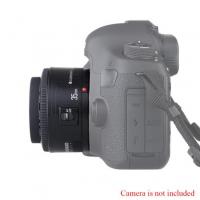
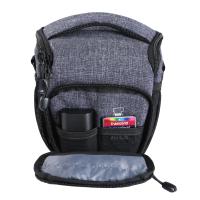


There are no comments for this blog.